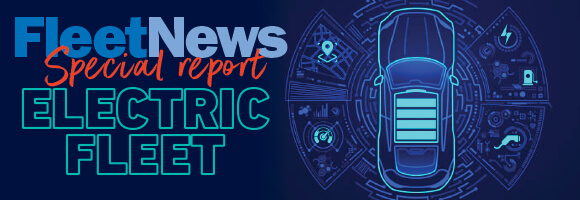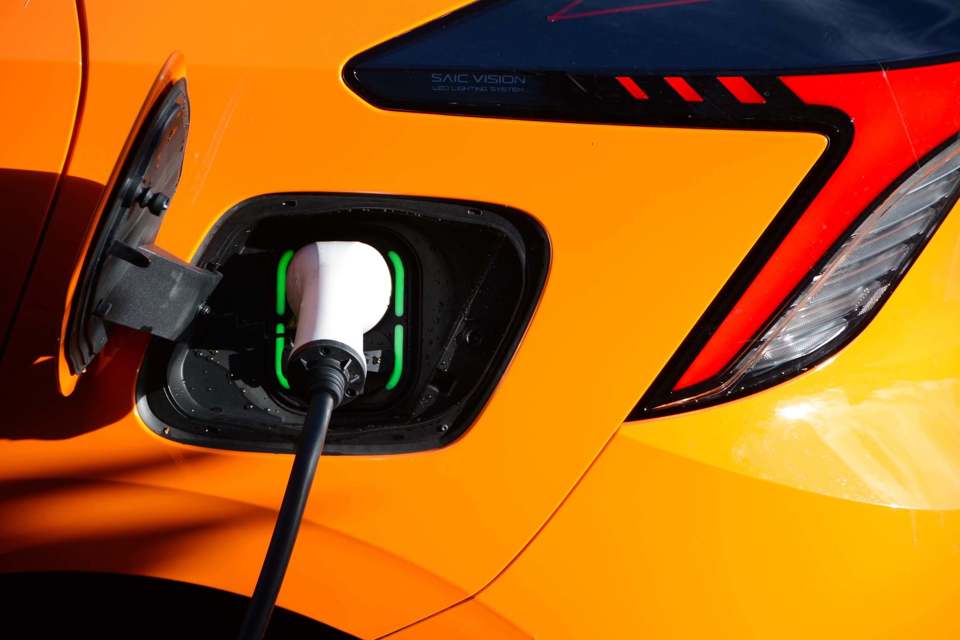When fleet decision-makers are thinking about operating electric vehicles (EVs), the AC charging cable is probably way down the list of their considerations – and rightly so.
Range, charging times and where and when to plug the EVs in are among the issues which have a higher importance when it comes to successfully operating battery electric vehicles (BEVs).
However, while cables also lack the glamour of the latest vehicles and developing battery technologies, they play a vital role in their operation.
Understanding their impact, knowing how to care for them and recognising when it is time for a replacement cable can save a fleet time and money, as well as ensuring the vehicles can be charged correctly so they are ready to use when needed.
Often drivers will just use the cable supplied with their vehicle and then put it in their boot, forgetting about it until is needed again.
But this approach could have negative implications for both the employee and fleet decision-maker, says James Louw, director of engineering at EV Cables.
“Charging cables not only deliver electric power from the charge point to your car’s battery, they also influence the speed at which your vehicle charges,” he says.
“A damaged or inadequate cable could result in slower charging times, increased energy loss and, in extreme cases, could pose safety risks such as electric shocks or fires.
“For fleet operators, cable maintenance is even more critical as it directly impacts operational efficiency and safety on a large scale.”
A high-quality, well-maintained cable can minimise energy loss during the charging process, but a lower quality or deteriorated one may result in higher resistance, leading to wasted energy and longer charging times.
“This wasted energy is realised as heat and results in plugs that can get so hot that users burn themselves when trying to remove them from charge,” adds Louw.
“A cool cable is a happy cable. For businesses operating fleets of EVs, these small inefficiencies can add up to a significant expense and carbon footprint, and injuries caused by improperly maintained charging equipment leave businesses exposed to expensive legal claims.”
Louw recommends regular cable checks should form part of a daily or weekly maintenance schedule.
A simple, but effective, step is to inspect the cable for visible damage, such as cracks, frayed ends or exposed wires.
Drivers should be instructed to store cables in a clean, dry place when not in use. Moist environments can cause corrosion, while exposure to harsh sunlight may weaken the cable’s outer layer.
Trying to yank the cable out of the vehicle or charge point is also discouraged; this can damage the connectors or the cable itself. Drivers should use the connector handle to remove the cable from a socket and not pull on the cable itself.
The most vulnerable parts of a charging cable are the electrical contacts, says Louw.
“By periodically using non-conductive contact cleaners, any corrosion can be cleaned away before oxide build-up can start causing a noticeable effect on cable performance,” he says.
Time to replace
There are three occasions when a charging cable should be replaced: physical damage, charging inconsistencies or scheduled replacement.
“If there are visible signs of wear and tear, such as fraying or cracks, it’s time to replace the cable,” Louw adds.
“If you notice the charging time has increased inexplicably or if there are intermittent interruptions, the cable might be the culprit.
“A common mode of failure for EV charging cables is the breakage of the communication line within the cable. Because this core is usually thinner than the power cores, it is usually the first to break when the cable is exposed to excessive strain.”
Under the current Electricity at Work Regulations, there is no requirement for a charging cable to be PAT (portable appliance testing) tested but, for commercial vehicles, EV Cables recommends a yearly cable inspection and thorough testing of areas such as insulation resistance, contact resistance and continuity tests.
Louw adds all charging cables are rated for 10,000 insertion cycles, but, in reality, a cable will need to be replaced well before this. He recommends cables for commercial vehicles are replaced after three years.
“Planned lifecycles allow fleet operators to minimise downtime risk and budget for the equipment needed to keep their fleets charged and moving,” says Louw.
Energy loss when charging vehicles
The Association of Fleet Professionals (AFP) is investigating discrepancies in the amount of energy lost between a charge point and a vehicle battery after some of its members reporting discrepancies of as much as 15%.
Fleets are able to monitor the respective values by comparing data from the charge point and a vehicle’s telematics system.
“ have been seeing, on average, a 5-7% loss. In some instances, it is as extreme as nearly 14% or 15%,” says Hollick.
The AFP wants to help fleets understand what is behind the apparent electricity loss, with consideration being given to how charge points are calibrated and the accuracy of telematics data.
Hollick says it is too early to draw conclusions, but suggested that some of the electricity being lost could be down to the EV charging cable, with its length potentially playing a part.
Lorna McAtear, fleet manager at National Grid, says: “There’s more than just the cable that needs to be factored into this, it’s not just that.”
She said there are “so many variables” including the efficiency of the charger and the impact of different systems within the car on its energy usage and storage.
“It might not be the cable that’s losing anything at all, it might be what the manufacturer has stated versus what you’re physically able to get.”
Research conducted by German automobile club ADAC last year showed that charging losses vary greatly, depending on how charging is carried out – at home using a domestic AC plug socket, using a wallbox with up to 11kW or with half the power.
It found that charging losses at the household socket are between 10-30%, while charging losses via a wall box are between only 5-10%
It noted that the on-board electronics and some of the vehicle’s control units are active during the entire charging process, and therefore consume electricity.
When charging with AC, the rule of thumb applies, it says. “The higher the charging power, the shorter the charging process and thus the time in which charging loss occurs,” adds ADAC.
EV Cables has done its own research on this issue, and found the power loss increases as the cable gets longer.
“I believe concerns people more when investigating longer cable runs,” says James Louw, director of engineering at EV Cables.

This feature was taken from our special Electric Fleet Report, which will help organisations take the next step to fully decarbonise their
Other articles include:
- The new rules which slash EV charging infrastructure costs for fleets
- Increase EV sustainability with a battery energy storage system
- Learnings from a wireless charging trial
- Electric vehicles coming soon






















Login to comment
Comments
No comments have been made yet.